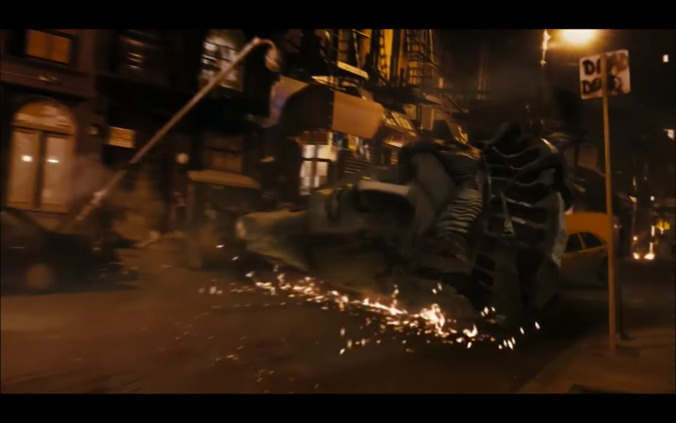Let's take a look back at Cloverfield's history of trick marketing
Given the critical failure of Netflix’s The Cloverfield Paradox—a film whose surprise Super Bowl release and troubled production have inspired more conversation than its less-than-stellar plot—it seems like a good time to reexamine the Cloverfield franchise’s history of manipulating audience expectation. As part of his ongoing Screen Smart series, YouTuber Ryan Hollinger takes a look back at the mysterious marketing ramp up for the first Cloverfield, starting with a single title-less trailer that evolved into an entire network of fake websites and social media accounts.
Back when the internet was a bit more like the Wild West than the algorithm-curated marketing machine it is today, JJ Abrams and the Bad Robot managed to turn their found footage monster movie into legitimate viral content. They did this by doubling down on the mysterious nature of Cloverfield’s plot. They created an entire world of images, videos, and character interaction that didn’t end up having anything to do with the movie, but rather enticed viewers to find out just what the hell was going on.
Hollinger juxtaposes this with a similarly hyped film from the mid-2000s, Snakes On A Plane. Like Cloverfield, the ridiculously titled Samuel L. Jackson vehicle became a viral sensation before its release, leading producers to believe they were in for a big paycheck. Unfortunately, when it came time for opening weekend, they soon realized nobody was interested in seeing their cheesy snake movie—they just thought the name was funny. They let the audience control the narrative, and the story got away from them.
Though it took eight years for the next Cloverfield movie to come out, 10 Cloverfield Lane’s marketing continued to build on the world established by the first film, reigniting audience interest in the series. But, with The Cloverfield Paradox’s overnight Netflix dump, there wasn’t really any time for it to find its place in the universe. It’s possible the online landscape has changed too much in the last decade, making it harder for Bad Robot to keep their audience on their toes. On the other hand, maybe a film series built around purposefully unanswered questions was bound to end in frustration.
